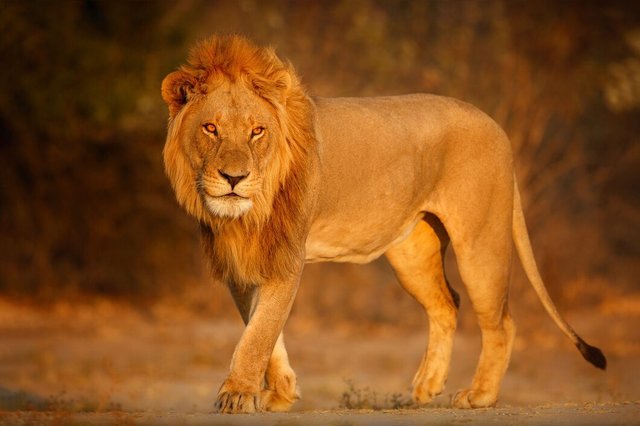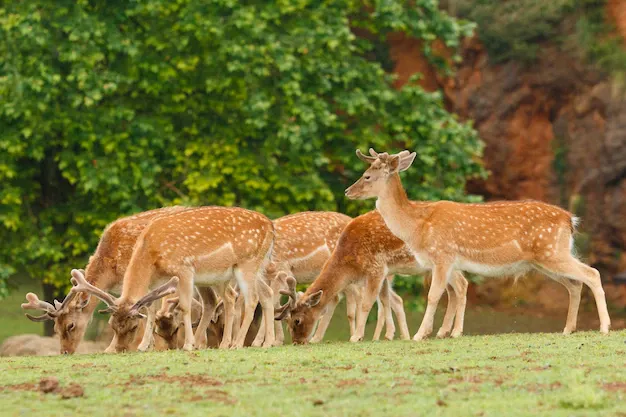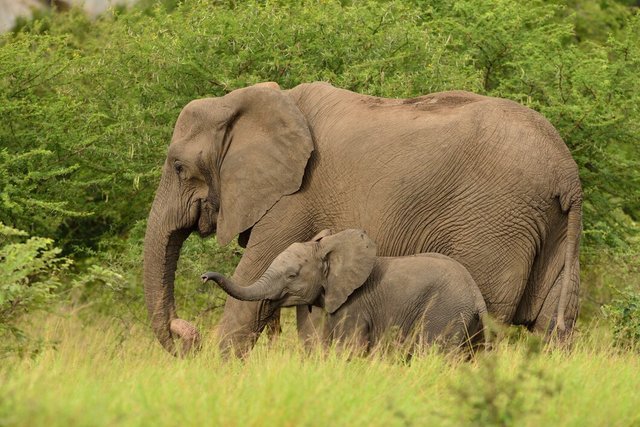Sharing my general knowledge week 25

The Asiatic lion population, relatively small in number, roams in the Gir Forest in Gujarat, India. They are distinctly different and much smaller than the Africa population. The Asiatic lions happen to be the last remaining remnants of the lions that once roamed freely all over Asia and parts of Europe. As the area was a protected preserve, the Asiatic lions survived, but they remain under threat due to a limited habitat range.
On the other hand, African lions are dispersed over much larger areas and have a more stable lifestyle mainly because of concerted conservation efforts in most national parks and reserves. Owing to the setbacks of poaching and habitat destruction, the protected areas have provided some scope for the African lions to survive as they do better than Asian counterparts. Again, as in Asia, the lions are still being conserved as a vital constituent of the ecosystem in Africa.
/div>
Elephants are mainly distributed on African and Asian continents, having different kinds of habitats which each species has adapted to. African elephants are predominantly in sub-Saharan regions of Africa in countries such as Botswana, Tanzania, Zimbabwe, and Kenya. They thrive in savannas, forests, and deserts across the African continent. Africa is home to two subspecies of elephants, which include the African bush elephant and the smaller African forest elephant.
Asian elephants are found in Asia. They inhabit tropical and subtropical forests, grasslands, and river valleys, but the largest population can be found in India. Asian elephants differ from African elephants by having smaller ears and a narrower range.
Elephant populations are facing a threat due to habitat destruction, poaching, and human-wildlife conflicts even though they are widely spread across the two continents. In Africa and Asia, there exist conservation measures led by different organizations that seek to protect these animals and their habitat to ensure their survival for future generations.

Lions, being apex predators and carnivores, mainly prey on large herbivores. Some of their favorite prey includes animals such as zebras, wildebeests, antelopes, and buffaloes. Lions are social hunters often taking down prey in packs if it is large or moving fast. They also scavenge when they can, eating the leftovers of animals killed by other predators.
Elephants are herbivores and consume plants. They browse on most types of various vegetation like grasses, leaves, fruits, bark, and roots. African elephants can eat up to 300 pounds per day as they need so much food to fuel their enormous bodies. Fruit and bark are treats that they find, and in the dry seasons, water-rich plants become particularly important.
This research has been emerging as emphasizing the important roles lions and elephants play in their ecosystems. Of course, for lions, this is the traditional role of predators controlling prey populations, but for elephants, there is a role played as ecosystem engineers through their feeding behavior.

